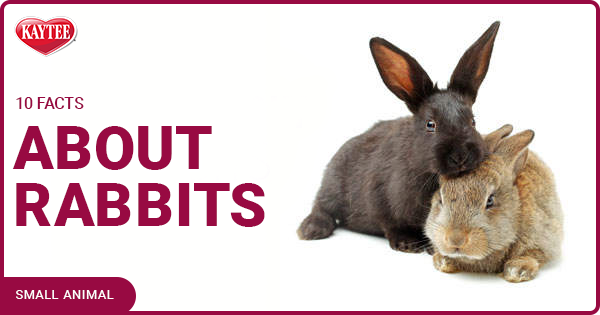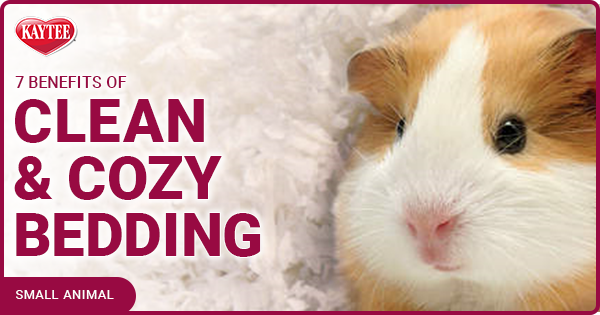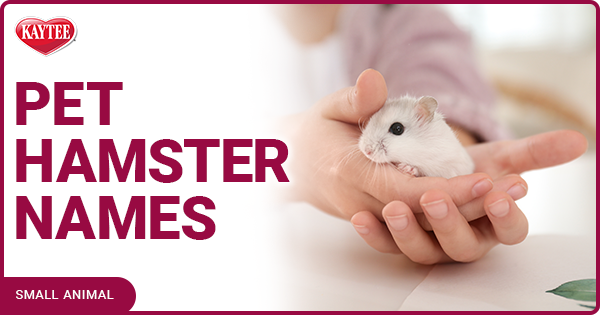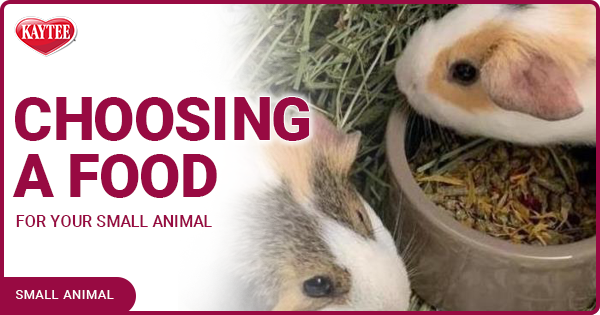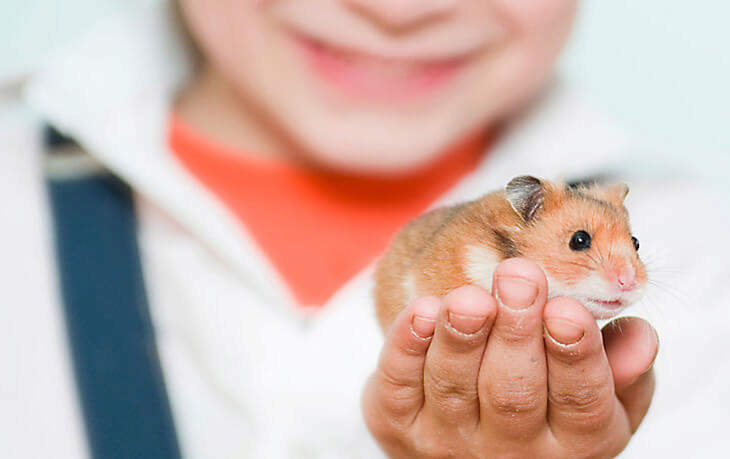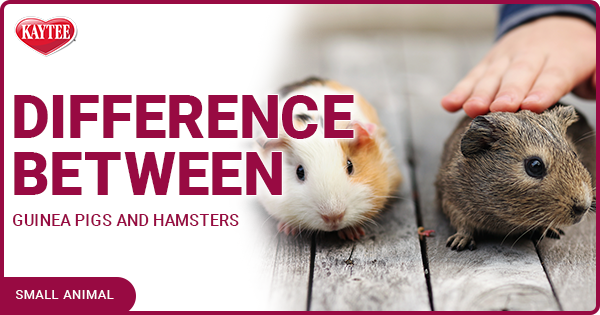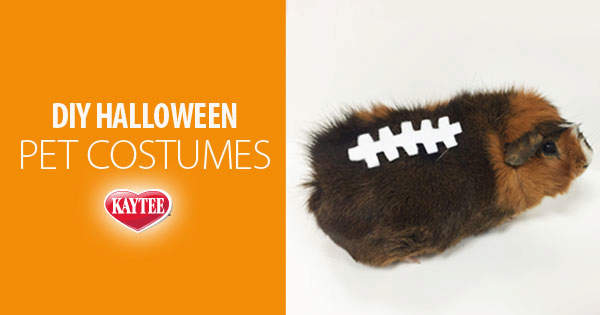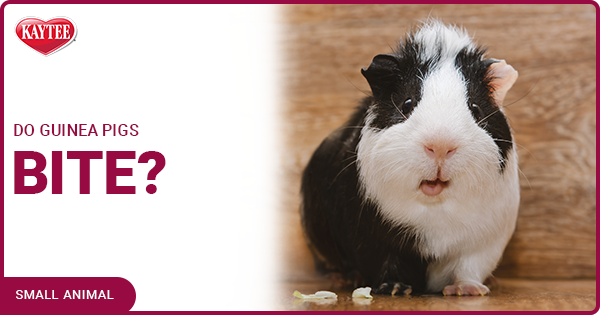Choosing the Right Bedding and Litter for Your Small Animal
As a devoted pet parent, you understand the importance of keeping your small animal's habitat clean and comfortable. But with so many bedding and litter options available, it can be overwhelming to figure out what's best for your furry companion.
From paper bedding to wood shavings and hay to fleece, this guide will help you navigate the key factors to consider, ensuring your pet stays happy and healthy in his cozy home.
What to Look for in Small Pet Bedding
When looking for bedding for your small pet, keep in mind these important guidelines. No matter what type of bedding you choose, it should be low-dust to protect his lungs, absorbent to keep the habitat dry, and odor-controlling to maintain a fresh environment. Choose a soft material that promotes nesting and burrowing while providing comfortable cushioning for your pet's feet. In the wild, small animals like gerbils and rabbits burrow and nest to stay warm and protected when they sleep. Giving pets the opportunity to express these instincts improves their mental stimulation and overall wellness.
Paper Bedding: The Good and the Bad
Paper bedding is a popular and smart choice for small pet owners due to its softness, absorbency, ability to control odors, and convenience. However, not all paper bedding is created equal.
Best options for paper bedding
For a long-lasting paper bedding that's also safe and comfy, look for premium paper blends. The Kaytee Clean & Cozy line of paper bedding, for example, only uses high-quality paper trimmings and remnants that meet the standards for human use. In contrast, most other paper bedding lines use an inferior "sludge" by-product.
Clean & Cozy bedding is 99.9% dust-free to protect your pet's fragile lungs, super soft to encourage burrowing and nesting, highly absorbent, and easy to scoop and discard. All Clean & Cozy bedding styles also come with an odor-control guarantee. Varieties to consider include:
-
Kaytee Clean & Cozy White Bedding: America's #1 White Paper Bedding*. Super soft and fluffy. Absorbs up to six times its weight in liquid than wood shavings. Guaranteed to control odor or your money back.
-
Kaytee Clean & Cozy Natural Bedding: All-natural paper with no artificial dyes, bleach, or colors. Absorbs up to five times its weight in liquid and two times more liquid than wood shavings. Guaranteed to control odor or your money back.
-
Kaytee Clean & Cozy Extreme Odor Control Bedding: Provides 14 days of odor control or your money back. Plus, the soft and fluffy bedding encourages burrowing or nesting.
-
Kaytee Clean & Cozy Natural Paper with Extreme Odor Control Bedding: Made with 100% recycled natural paper and neutralizes odor for 14 days guaranteed or your money back.
-
Kaytee Clean & Cozy Colors: All the benefits of Extreme Odor Control now in vibrant colors, like Sunset, Kaleidoscope, and Plum. Personalize your pet's habitat while you get 14 days of odor control guaranteed or your money back.
-
Kaytee Clean & Cozy Lavender Bedding: Super soft, absorbent bedding naturally scented with real lavender buds.
Types of paper bedding to avoid
Avoid pulp paper bedding. It's made from a low-quality paper "sludge" by-product, and risks include potentially foreign materials that may be harmful for your pet.
While newspaper may be tempting, it's another choice to avoid. First, it may not be absorbent or soft enough for your pet. And more worrisome, the dye might be toxic if the newspaper company doesn't use a soy-based dye.
Toilet paper is another option to avoid. It is not very absorbent, and it's not designed for use as a small animal pet bedding.
Wood Bedding: What to Use and Avoid
While bedding made of wood shavings has its advantages, you need to be diligent and ensure that what you choose is best for your small animal. Many varieties of wood-based bedding and litter can be dangerous for small animals.
Best wood bedding
Non-aromatic aspen wood shavings are the only truly safe wood shavings to use for small pets. These aren't dusty and don't have dangerous aromatic oils that can damage your pet's lungs.
One thing to consider when choosing aspen is that it isn't as absorbent as paper. Some pet owners who really like this type of bedding may choose to mix it with paper or change out the aspen more frequently to keep the habitat clean.
For those interested in using aspen, try the all-natural Kaytee Aspen Bedding. It's processed to eliminate dust and contains no inks or aromatic oils. It's also biodegradable and environmentally friendly.
Wood to avoid
Avoid bedding with cedar chips or pine shavings. While they may smell nice, cedar and pine have aromatic compounds that can cause respiratory issues and even liver problems in small animals. Pine shavings are dangerous if they are not kiln-dried.
(Note: Kaytee Pine Bedding is safe for small pets as it's kiln-dried and specially processed.)
Sawdust is also a bad idea because it's so dusty that it can irritate your pet's lungs.
Hay and Straw: Pros and Cons
Hay is a natural and required food source for pets like guinea pigs and rabbits, so it should always be found in these pets' habitats. Good quality hay is also great for your pet's teeth since small animals need to gnaw on something to keep their teeth trim.
But because it can mold when it gets wet, hay should never be used as a bedding substrate and should only be used as a food source that's replenished daily.
Although tempting, straw isn't a good alternative either. Similar to hay, it's hard and sharp, can injure your pet's eyes, and restricts animals from burrowing or nesting due to its rough texture.
Raw Corncob Bedding: Why You Should Avoid It
With so many high-quality bedding alternatives out there, it's best to avoid raw corncob bedding. It molds easily, which means you need to keep a close eye on it and change it out often. Plus some pets may eat the corncob, which can cause intestinal blockages and serious medical issues.
If you are interested in using a corncob-based bedding, a good alternative is Kaytee Kay-Kob Bedding. Kay-Kob is specially processed to eliminate dust and wood debris, and the storage process makes it cleaner than other corncob bedding.
Cotton: Why It's a No-Go
While cotton and wool products might be tempting, especially to encourage burrowing and nesting, far better and safer options are available. Products like cotton wool can be pulled into tiny strands that your pet might get tangled in or cause injury if ingested.
Choosing Your Pet's Litter
Many small animals will consistently use the same corner of their habitat to go potty. In fact, some pets, like rabbits and guinea pigs, can even be litter-trained! That's why many owners put a litter pan in a corner of their pet's habitat and fill the bottom with a litter substrate.
The same pros and cons listed above for bedding are important to keep in mind when choosing a litter product. Just remember: it's best to choose a litter that's different from your pet's bedding so your furry friend can tell the difference between the two substrates by texture and smell.
One extra caveat to keep in mind: never use cat litter. It can be dangerous if ingested, creating intestinal blockages that could be fatal. Many types of cat litter are also dusty and can cause respiratory issues for small pets.
Consider these options when choosing litter:
-
Kaytee Small Animal Critter Litter: 99% dust-free and super absorbent, designed especially for small pets. A great choice for litter-training ferrets, rabbits, pet rats, guinea pigs, and other small animals.
-
Kaytee Wood Pellets: Processed to eliminate dust and wood debris. These are a safe wood substrate that can be a great absorbent litter for small animals, like ferrets or rabbits.
Use Due Diligence When Choosing Litter and Bedding
Not all litter and bedding are created equal. However, with a little research, you can find safe products for your furry small pet. Look for products low in dust, high in absorbency, great at odor control, and made from safe materials.
*Based on Nielsen data 6/14/2025.

